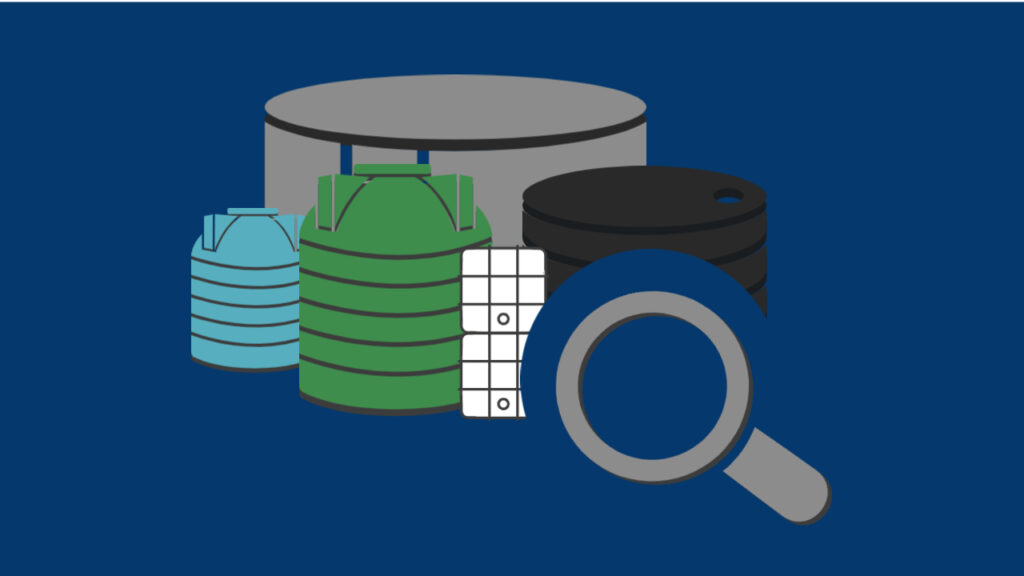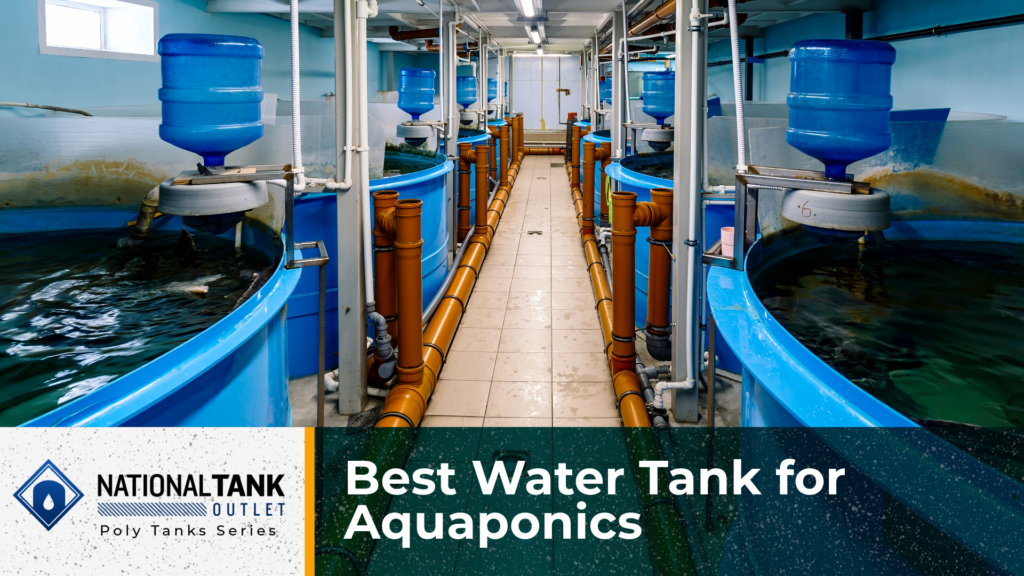
What is Aquaponics and Why is it Gaining Popularity?
Aquaponics is an innovative approach to food production that combines aquaculture (raising fish) with hydroponics (growing plants without soil). At its core, it’s a symbiotic (partnership) system where fish provide nutrients for the plants, and the plants, in turn, purify the water for the fish. This closed-loop method is not only self-sufficient but also eco-friendly as it uses less water and space compared to traditional farming methods.
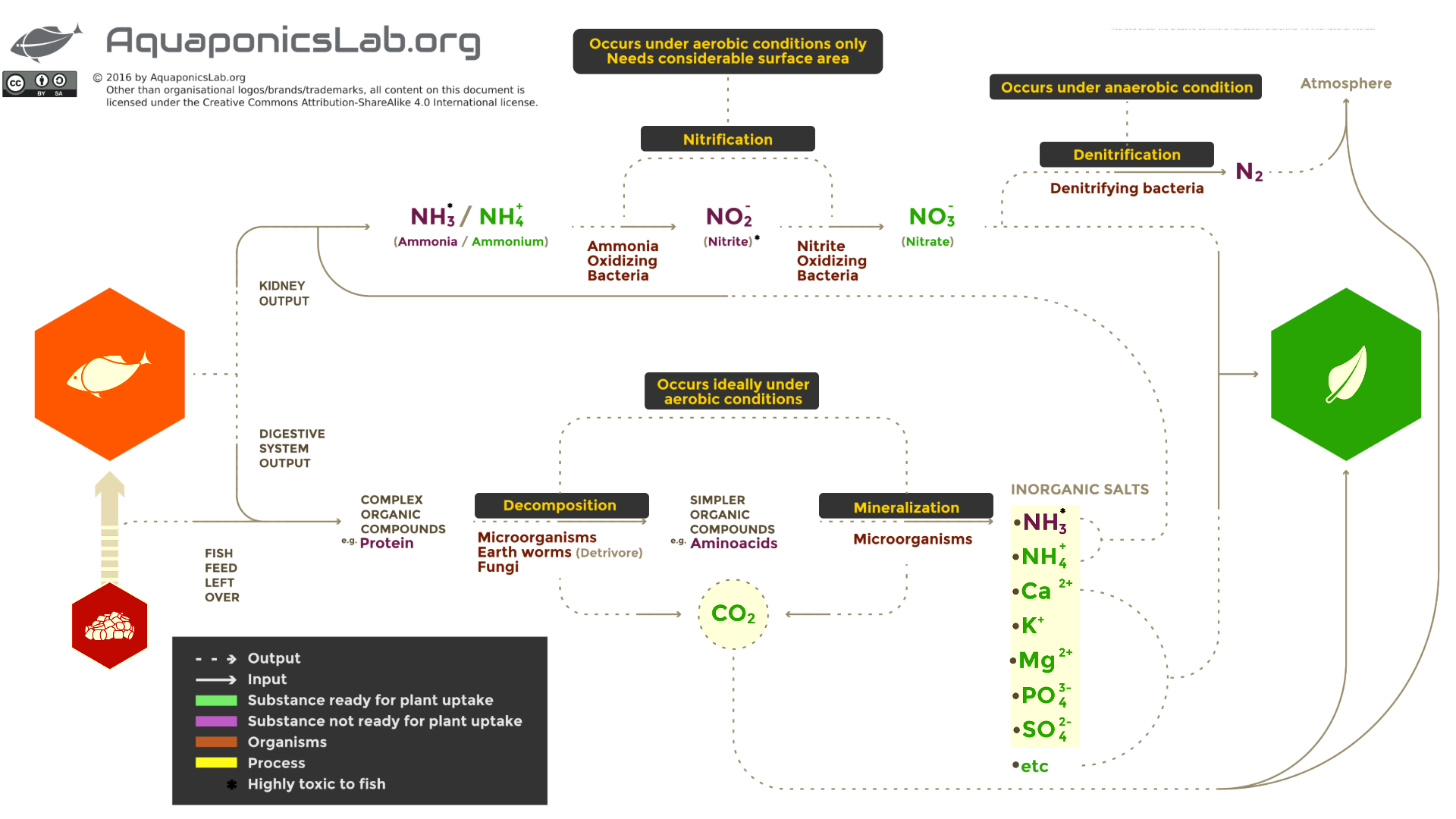
With a rising demand for sustainable and organic food sources, aquaponics has become increasingly popular among hobbyists, urban gardeners, and commercial farmers alike. Its ability to produce fresh vegetables and fish simultaneously makes it a practical and rewarding option for people looking to grow their own food.
The Role of Water Tanks in Aquaponics
At the heart of any aquaponics system lies the water tank. It’s not just a container; it’s the lifeline of the entire setup. A water tank can be used to house the fish, maintain water quality, and ensure the nutrients necessary for plant growth are consistently cycled through the system. Beyond this, water tanks, particularly open top water tanks, can be used for other key parts in aquaponics systems.
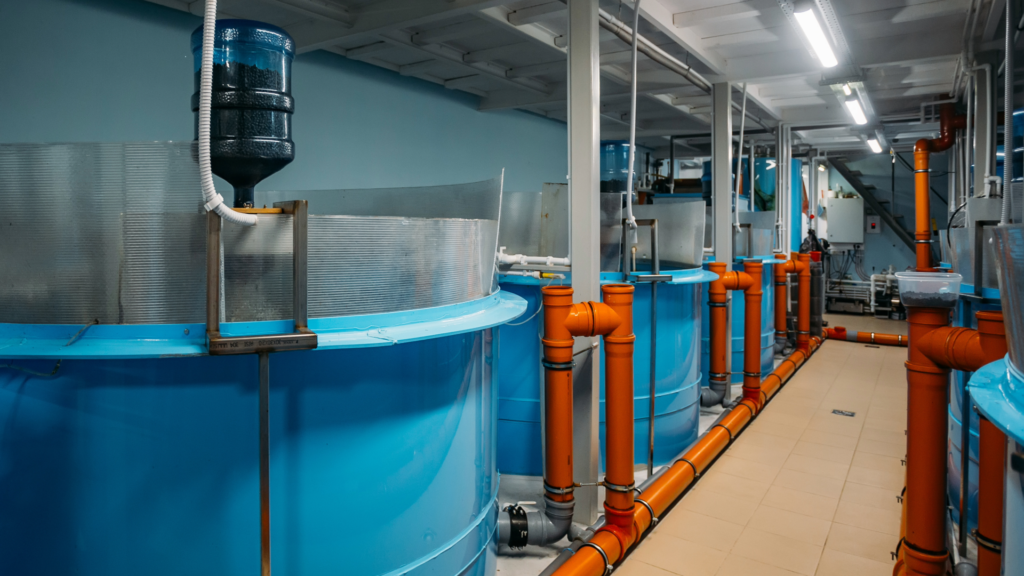
For example, a sump tank acts as the lowest point in the system and collects water from grow beds to help maintain a steady water level. A clarifier tank is used to separate solid waste from the water, removing debris that could clog the system. Biofilter tanks are vital for converting fish waste into nitrates for plants through the process of nitrification by beneficial bacteria. Each of these tanks serves a unique function, working together to create a balanced and efficient aquaponics ecosystem. Open top water tanks are especially ideal for these roles that require easy access or specialized setups.
A well-chosen water tank supports the delicate balance needed for both fish health and plant productivity. On the other hand, a poorly selected or maintained tank can lead to problems like water contamination, stress for aquatic life, and poor system performance. Simply put, the success of your aquaponics system starts with the right tank.
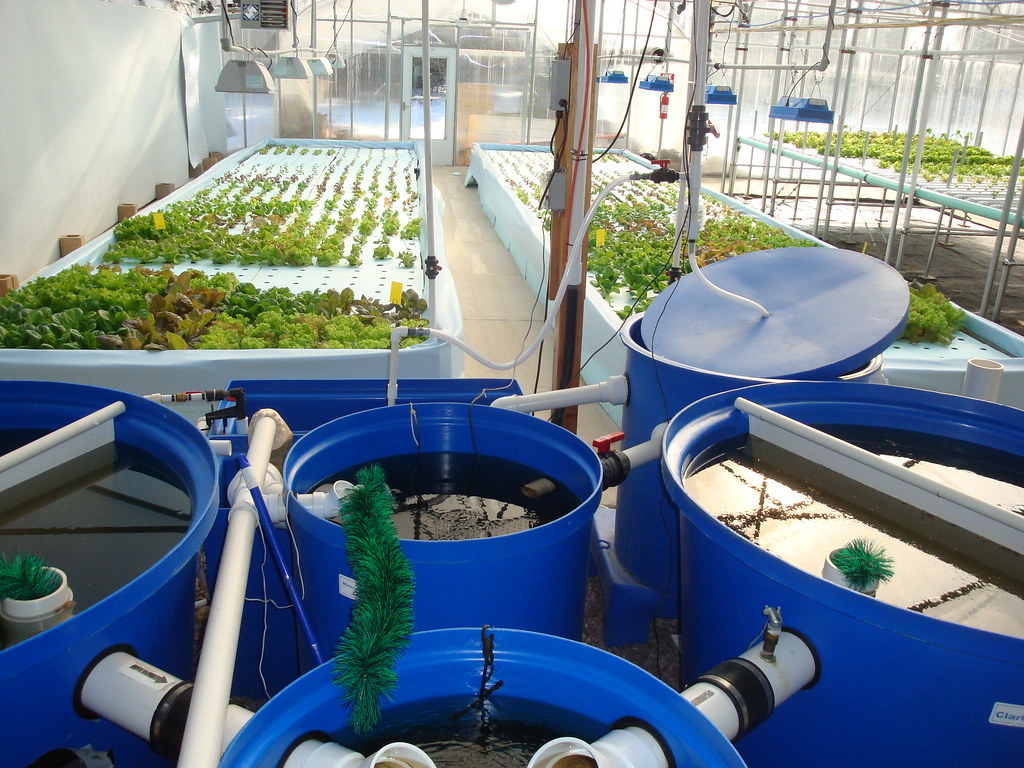
What You’ll Learn in This Article
Not all water tanks are created equal, and finding the ideal one for your aquaponics setup can feel overwhelming at first glance due to the amount of options. That’s where this article comes in.
Using the high quality tank options available from the National Tank Outlet, we’ll guide you step-by-step through the selection process. From key features to look for, like size, material, and design, to our top recommendations for aquaponics systems, you’ll gain the knowledge needed to make an informed choice.
Whether you’re a beginner or an experienced aquaponics enthusiast, this article will offer insights to help optimize your system with the perfect water tank.
Why Choosing the Right Water Tank Matters
The Core Role of the Water Tank in Aquaponics
The water tank is the backbone of any aquaponics system. It’s where the fish live, where water cycles originate, and where essential nutrients are stored before feeding the plants. A well-chosen tank creates the foundation for a thriving symbiotic environment.
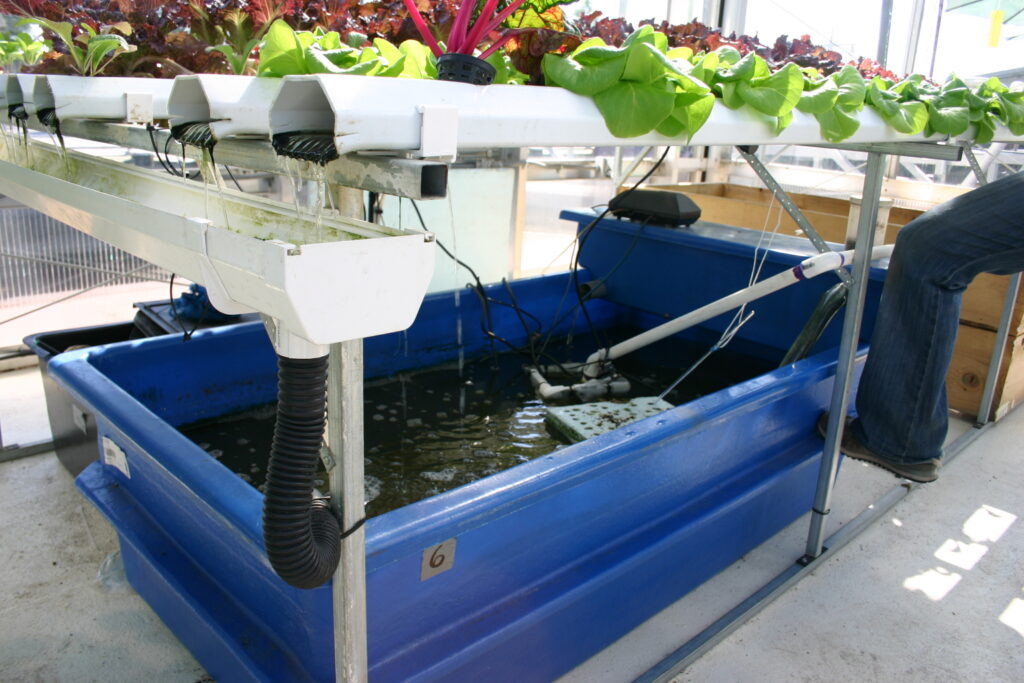
One key function of the tank is maintaining water quality. The right tank can help regulate temperature, minimize contamination, and ensure optimal oxygen levels — all vital for healthy fish. Since your fish provide the nutrients that nourish the plants, their well-being directly affects plant growth. A high quality tank will work to support this delicate balance.
How the Tank Impacts Efficiency and Sustainability
System efficiency and sustainability hinge on the right tank selection. Efficient water flow, proper waste management, and nutrient circulation are all necessary to keep your aquaponics system running smoothly. A poorly designed or unsuitable tank can lead to clogs, dead zones in water movement, or even cause fish stress, all of which make the system less efficient.
From a sustainability standpoint, investing in a durable and UV resistant water tank will reduce the need for more frequent replacements. This not only saves you money in the long term but also minimizes environmental waste, aligning with the eco-friendly values of aquaponics.
Reducing Maintenance and Long Term Costs
One of the biggest advantages of choosing the right water tank is the reduction in maintenance time and costs. Tanks equipped with features like smooth inner walls, built-in sumps, drain valves, or easy-access ports simplify regular cleaning and waste removal — open top tanks are also ideal here.
Furthermore, a durable tank resists wear and tear, protecting you from unexpected repair costs or downtime. Considering that aquaponics is a long term commitment, selecting the best water tank from the start ensures your system runs well for years to come.
When you invest in the right water tank, you’re setting your aquaponics system up for success — from maintaining healthier fish and plants to saving money and time in the long run. It’s a decision that pays off in productivity and sustainability.
Key Features to Consider When Choosing a Water Tank
Material
The material of your water tank is one of the most important factors to consider. Plastic tanks, particularly those made of high density polyethylene, are an excellent choice for aquaponics systems. They’re durable, resistant to rust and corrosion, and lightweight, making them easy to install and handle as needed. Plastic tanks are also more cost effective compared to steel ones, offering great value for their price.
When choosing a plastic tank, only choose those made from food grade materials and are ANSI/NSF 61 certified. This guarantees that the water inside remains safe for both your fish and plants, protecting the entire system from potential contamination caused by chemicals or toxins and so they remain safe for human consumption.
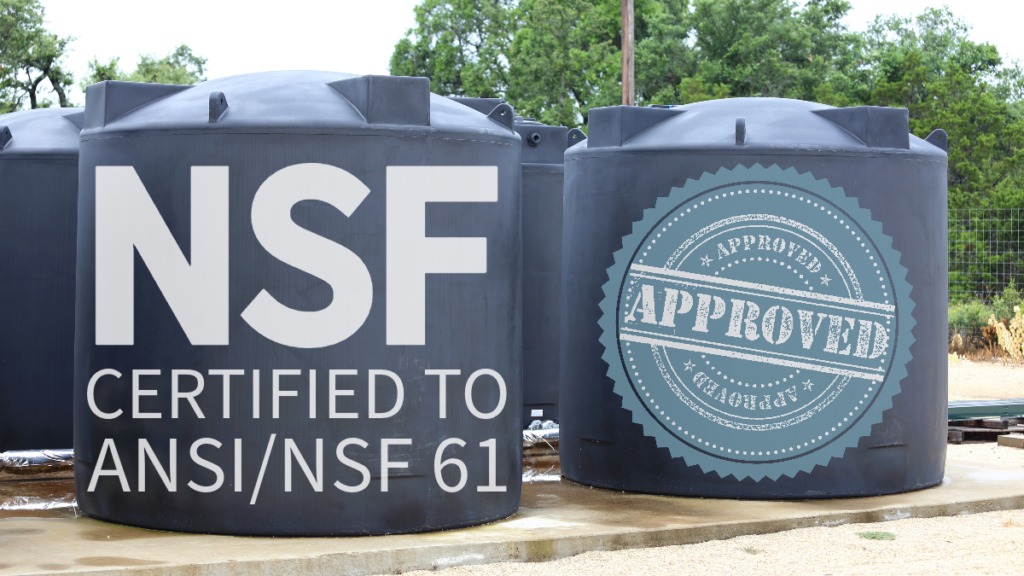
Size and Capacity
Tank size directly affects the scale, balance, and performance capabilities of your aquaponics setup. To determine the right size, consider the full size of your system and the number of fish you plan to stock.
For small scale systems, a tank with a capacity of 50 to 150 gallons is often sufficient. Medium scale setups typically require tanks ranging from 300 to 500 gallons, while large scale systems may demand tanks with a capacity of 1,000 gallons or more. Select a tank that can handle your system’s water load and provide the ideal growing conditions for your fish.
Shape and Design
The shape and design of your tank play a key role in maintaining water circulation and making maintenance easier.
- Vertical Tanks: These are space efficient and work well for systems with limited area. However, vertical water tanks may be harder to clean and manage in larger setups.
- Horizontal Tanks: Offering a wider base, horizontal tanks make water movement and waste management more accessible. They are often better for systems requiring high water flow.
- Cone Bottom Tanks: These are ideal for aquaponics because of their sloped base, which facilitates sediment and waste removal. Cone bottom tanks make cleaning and maintenance easier, ensuring a healthier environment for the fish and plants.
- Open Top Tanks: These are versatile storage solutions designed for easy access with a fully open top. They are ideal for applications that require frequent filling, mixing, or inspection such as aquaponics. Made from HDPE or polypropylene, open top tanks can withstand harsh working conditions while offering flexibility for various uses.
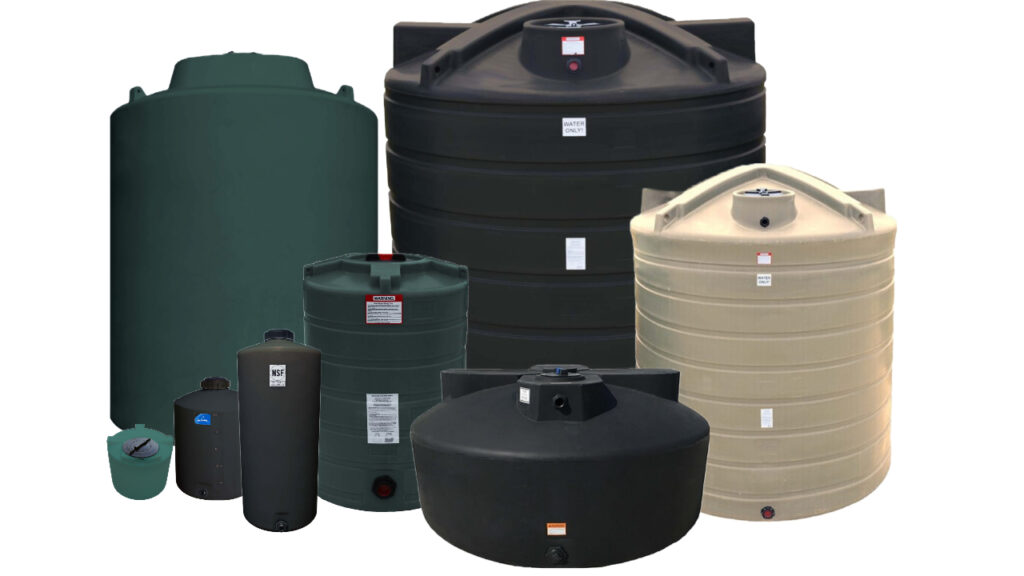
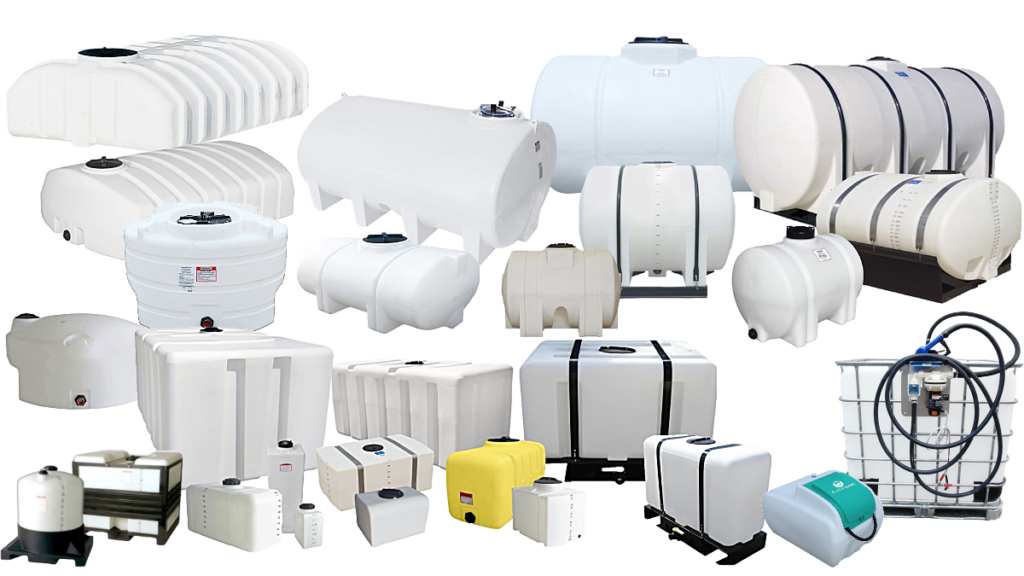
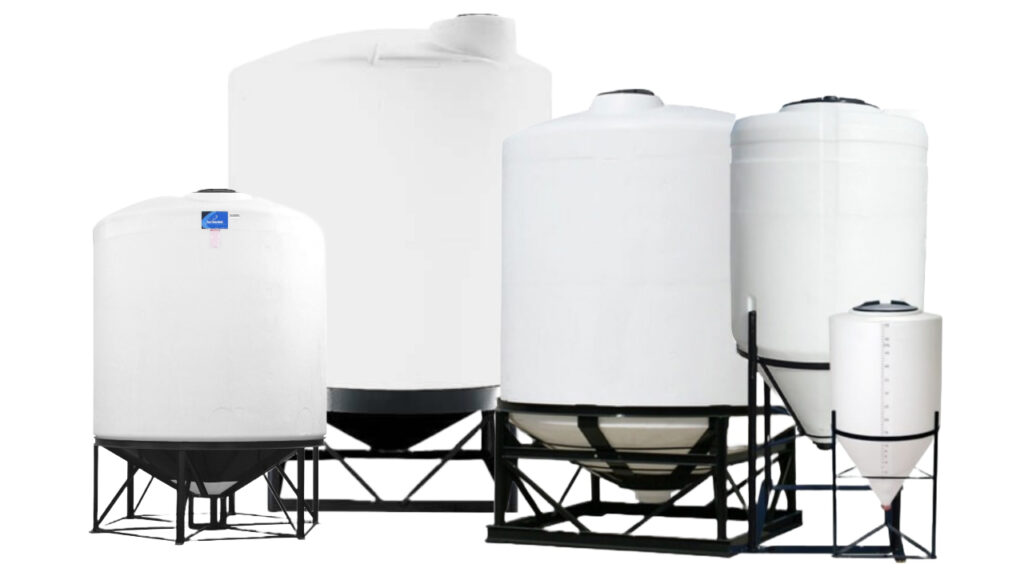
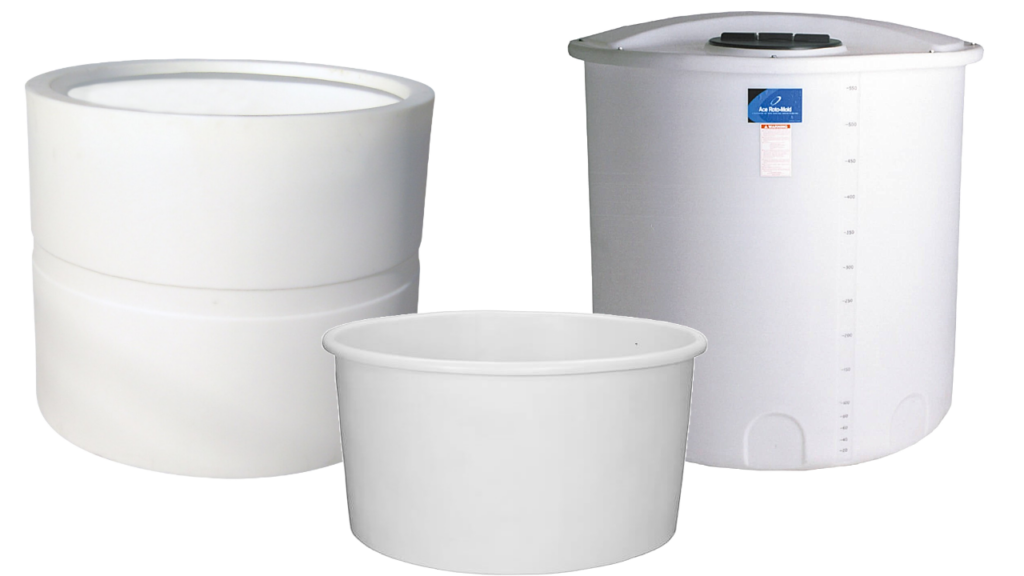
Durability and UV Resistance
Durability is especially important for outdoor systems exposed to weather conditions. Polyethylene water tanks with UV resistance are essential if your setup is in a sunlit area that regularly receives a substantial amount of direct sunlight. UV rays can weaken materials over time, which can lead to cracks and leaks. A UV resistant plastic tank will protect the container from sun damage for a longer lifespan, saving you from frequent replacements.
Additionally, tanks designed to handle high water flow rates are better suited for aquaponics setups that require constant circulation. Rotational molded tanks that are evenly and seamlessly manufactured are an example of a better suited tank.
Ease of Setup and Maintenance
Your water tank should integrate seamlessly into your system and require minimal effort to maintain. Look for tanks with features like bottom drains, which make sediment removal effortless, or access ports that simplify cleaning and making adjustments. Smooth inner walls are also a plus, as they reduce the buildup of algae and residue.
By choosing a tank that prioritizes easy setup and maintenance, you’ll save time and effort while keeping your aquaponics system running smoothly.
Understanding these key features will help you make the best decision and ensure your tank enhances the efficiency, durability, and sustainability of your aquaponics system.
Top Recommended Water Tanks for Aquaponics from NTO Tank
Vertical Water Storage Tanks
Vertical water storage tanks are a popular choice for aquaponics due to their well-rounded design, range of sizes, and versatility. Their upright structure allows them to fit into smaller areas while still offering excellent capacity options. These tanks are ideal for storing larger volumes of water for circulation or replenishing water lost through water changes or evaporation.
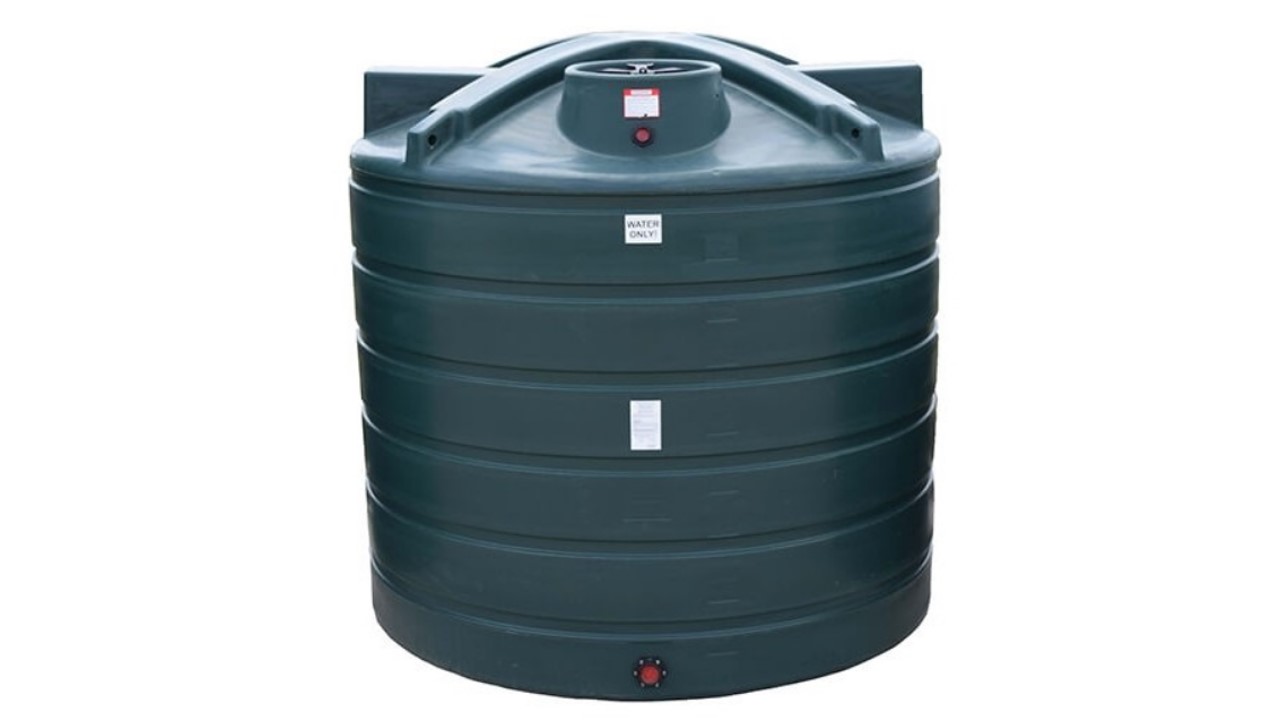
At the National Tank Outlet, you’ll find an industry leading selection of vertical water tanks suitable for aquaponics. For example:
- 100 Gallon Vertical Tank – Great for small scale or beginner setups.
- 500 Gallon Vertical Tank – Perfect for medium scale aquaponics projects.
- 1,000 Gallon Vertical Tank – A robust option for large scale systems that need greater water storage.
Made from durable, food grade plastic, these tanks are built for long term use, easy integration into your aquaponics system, and are certified safe for fish and plants.
Cone Bottom Tanks
Cone bottom tanks are a standout option for aquaponics due to their sloped base design with a central valve outlet, which promotes excellent, easy waste management and water cycling. Sediment and waste naturally settle to the bottom, where they can be easily drained away. This can reduce overall maintenance efforts and ensure healthier water conditions for fish and plants.

NTO Tank offers premium cone bottom tanks that suit aquaponics applications. Noteworthy examples include:
- 55 Gallon Cone Bottom Tank – Ideal for smaller systems with minimal waste output.
- 300 Gallon Cone Bottom Tank – A balanced choice for mid-sized setups.
- 1,500 Gallon Cone Bottom Tank – Designed for larger operations requiring higher nutrient cycling and waste removal.
Cone bottom tanks are often used as clarifier tanks in an aquaponics system. They often have additional bulkheads or plumbing connections installed towards the top or sides of the tank. These connections allow water to flow in and out of the tank, ensuring continuous circulation while sediment and other waste settle at the base of the tank for removal.
Open Top Tanks
For many aquaponics enthusiasts seeking maximum performance and versatility, open top tanks are a go-to option. Their open design makes them suitable for most working parts required for an aquaponics system, even if some modification is needed. Their open top design also makes them easy to clean, aerate, and integrate with other system components like filters or aerators. They’re especially effective for systems requiring frequent water quality checks or modification.
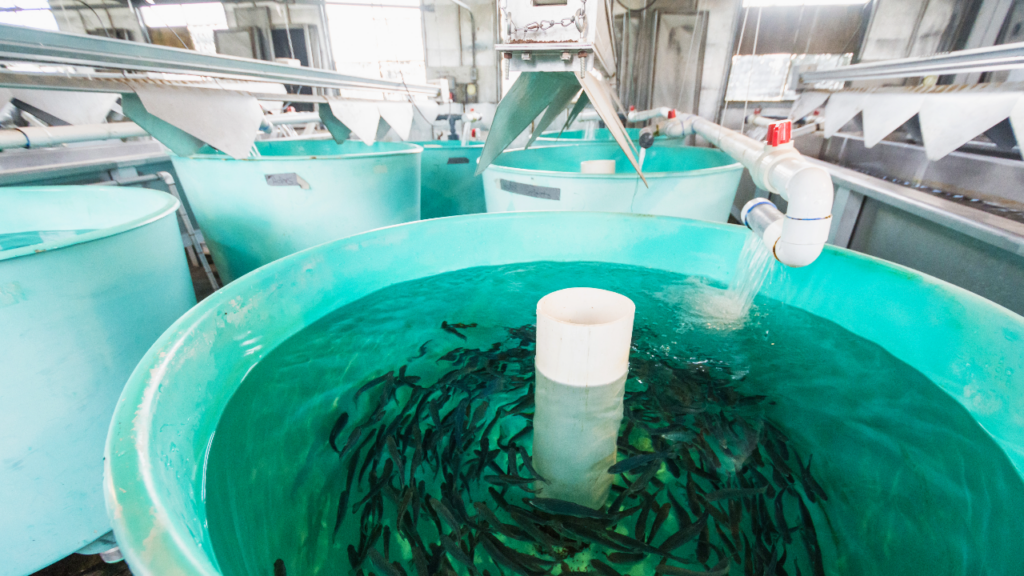
NTO Tank provides excellent choices in this category, including:
- 210 Gallon Open Top Tank – A versatile option for medium scale systems.
- 410 Gallon Open Top Tank – Great for setups benefiting from easy access and routine cleaning.
Our aquaponic tanks come in sizes from 37 gallons to 1000 gallons. They also come in cylindrical and rectangular shapes. Some have a removable lid option that is ideal for biofilter tanks. These tanks maintain their durability and are made from food-safe materials to protect aquatic life and plant health.
Low Profile Tanks
Low profile tanks are the perfect solution for space constrained setups or installations in areas with low overhead. Their shorter height makes them easy to access and ideal for urban aquaponics or setups in basements, greenhouses, or backyards with height restrictions.
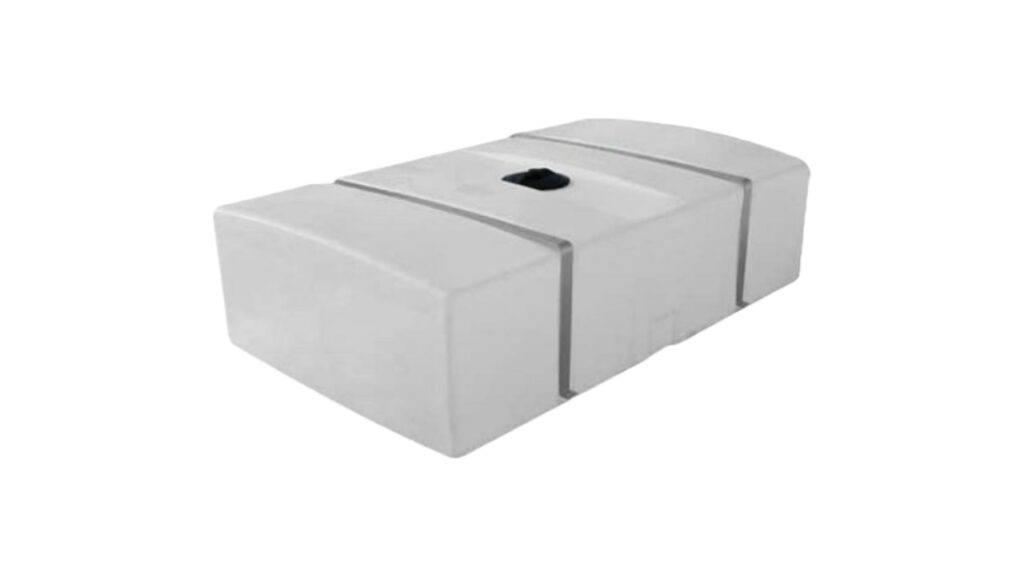
NTO Tank’s low profile tank recommendations include:
- 100 Gallon Low Profile Tank – Compact yet efficient, suitable for smaller systems.
- 300 Gallon Low Profile Tank – A great all-around option balancing capacity and footprint.
Low profile water tanks come in a range of sizes. These tanks are made from the same high quality materials as other tank options. Low profile water tanks make a good choice as sump tanks in aquaponics systems.
Finding the Perfect Tank for Your System
Whether you’re just getting started or managing a large aquaponics operation, the National Tank Outlet offers water tanks in many types and sizes to match every need. Each tank type brings unique benefits that can improve your aquaponics system and get it set up and running just as you want.
Selecting the right tank from NTO is an investment in a healthier, more productive system for years to come.
Tips for Maintaining Your Aquaponics Water Tank
Regular Cleaning
Keeping your water tanks clean is essential for the health of your aquaponics system. Over time, algae, residue, and waste can accumulate which can affect water quality and, in turn, the health of your fish and plants.
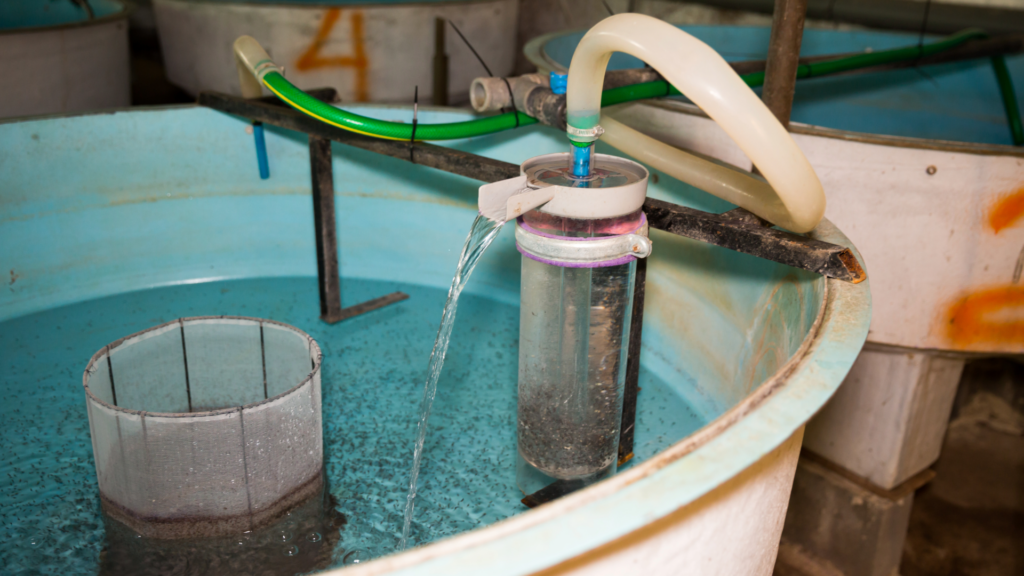
How often should you clean your tank? It depends on your system’s size and other factors such as sun exposure, the effectiveness of your biofilter, and how well your setup is balanced. A general guideline is to perform a thorough cleaning every 1-2 months. For larger systems, monthly partial cleaning (focusing on areas like the base or corners) is a great way to stay on top of maintenance.
To prevent buildup, use gentle, non-toxic scrubbers and rinse the tank with freshwater. Avoid harsh chemicals that could harm your fish or plants. For cone bottom tanks, routine draining makes waste removal much easier and reduces the need for heavy scrubbing during cleanings.
Inspecting for Leaks or Damage
Your water tank endures daily wear and tear, so regular inspections are key to extending its lifespan. At least once a month, perform a visual check for cracks, leaks, or signs of material stress. Focus on areas prone to damage, such as joints, seams, and drainage outlets.
If you notice any problems, address them immediately. Using tank sealants or replacement parts can prevent minor issues from turning into major failures. Proactive repairs will save you money in the long run and ensure your aquaponics system keeps running.
Monitoring Water Quality
Monitoring water quality is critical for a thriving DIY ecosystem. Both fish and plants depend on precise conditions to stay healthy. Regularly test for the following key parameters:
- pH Levels: Fish prefer a pH range of 6.8-7.5, while plants can tolerate slight variations. Aim to balance these needs by testing weekly and adjusting using safe, fish-friendly solutions if necessary.
- Temperature: Keep the water temperature stable within the range suitable for your fish species and plants. Fluctuations can stress aquatic life and lower system performance.
- Oxygen Levels: Aerators or pumps are vital for maintaining acceptable oxygen levels in water tanks. Test oxygen regularly, especially in warmer months when levels tend to drop.
By using water testing kits, you can track these metrics with ease. Consistent monitoring works to create a better environment for the entire aquaponic system.
Using the Right Accessories
The right accessories can go a long way in simplifying tank maintenance and boosting its performance. High quality fittings, valves, and pumps streamline water circulation, allow drainage, and easy waste removal.
NTO Tank offers an excellent selection of compatible tank accessories:
- Easy Install Fittings: Leak resistant and designed for quick attachment, these fittings keep your tank secure and functional.
- Drain Valves: Perfect for circulation systems and multi-tank setups, drain valves are ideal for uses where water flow needs to be shut off for cleaning, maintenance, or other activities.
- Water Pumps: A vital part of creating and maintaining water flow and pressure, water pumps keep water moving through the different parts of the system.
- Aeration Pumps: Essential for oxygenating water to support both fish and plant health, (not available at NTO Tank but readily available at various stores).
Investing in reliable accessories will improve your aquaponics system, reduce maintenance time, and extend the setup’s lifespan. By following these maintenance tips and recommendations, your aquaponics water tank will stay in top condition, ensuring your system operates smoothly and sustainably for years to come.
Takeaway
Why the Right Water Tank Matters
Choosing the right water tank is more than just a matter of convenience — it’s the foundation of a thriving and sustainable aquaponics system. The right tank ensures optimal water quality for healthy fish and plants, enhances system efficiency, and reduces long-term maintenance costs. By understanding your system’s needs and prioritizing key features like durability, size, and easy maintenance, you set yourself up for success from day one.
Explore Your Options at NTO Tank
Whether building a small backyard setup or scaling up to a commercial operation, NTO Tank has you covered with an impressive selection of high quality water tanks. From vertical storage tanks to cone bottom designs, NTO Tank offers solutions tailored for every aquaponics enthusiast. Plus, with durable materials, a full range of sizes, and versatile accessories, these tanks are built to last and support your system for years to come.
Take the Next Step
Don’t wait to establish your aquaponics system, visit the National Tank Outlet today to browse our full range of water tanks and accessories. With the perfect tank, you’ll kickstart your aquaponics project with confidence, knowing that you’ve chosen a reliable supplier in your sustainable food production journey. Explore, select, and grow — because better tanks mean better results.
Definition of Terms
- Aquaponics: A sustainable food production system that integrates aquaculture (raising aquatic animals like fish) with hydroponics (cultivating plants in water) in a symbiotic environment.
- Aquaculture: The farming of aquatic organisms, including fish, in controlled environments.
- Hydroponics: A method of growing plants using mineral nutrient solutions in water, without soil.
- Symbiotic: Describes the mutually beneficial relationship between different species, here referring to fish and plants in aquaponics.
- Sump Tank: The lowest point in an aquaponics system, where water collects before being pumped back into the system, helping to stabilize water levels.
- Clarifier Tank: A tank used to separate solid waste from water, improving water quality by removing particles that could clog the system.
- Biofilter Tank: Contains beneficial bacteria that convert toxic fish waste into nitrates, which are then used by plants as nutrients.
- Nitrification: The biological process where bacteria convert ammonia from fish waste into nitrites and then nitrates, essential for plant growth.
- High Density Polyethylene (HDPE): A durable, UV-resistant plastic often used for water tanks in aquaponics due to its resistance to chemicals and environmental stress.
- ANSI/NSF 61 Certification: Indicates that the material used in tank construction is safe for potable water, ensuring no harmful chemicals leach into the water.
- Cone Bottom Tanks: Tanks with a sloped bottom designed to facilitate the easy removal of sediment and waste.
- Open Top Tanks: Tanks without a lid, providing easy access for maintenance, water quality checks, and system modifications.
- Low Profile Tanks: Shorter tanks suitable for areas with height restrictions, ideal for urban or home setups.
- Aeration Pumps: Devices that increase oxygen levels in water, crucial for fish and plant health in aquaponics.
